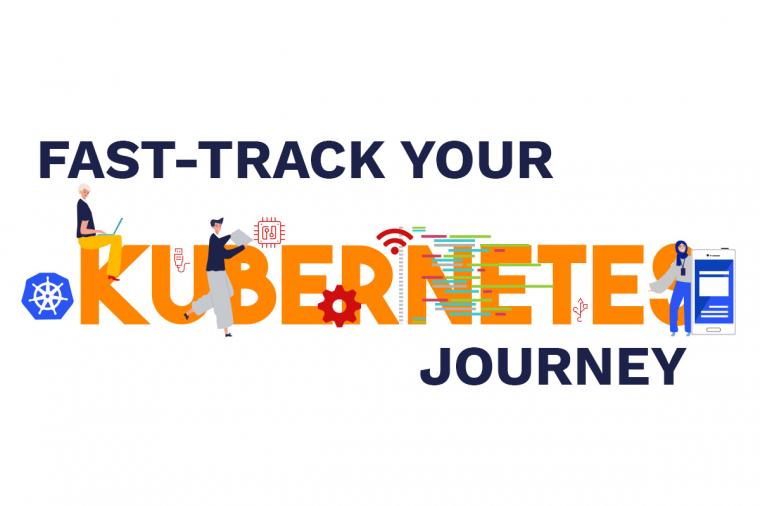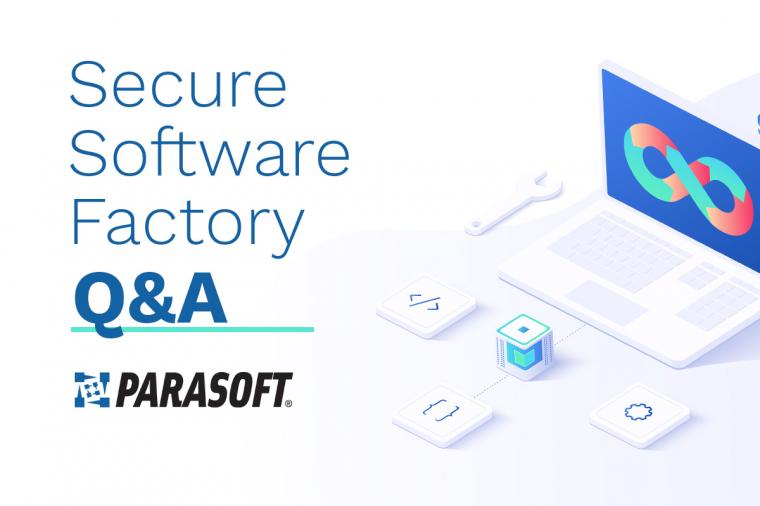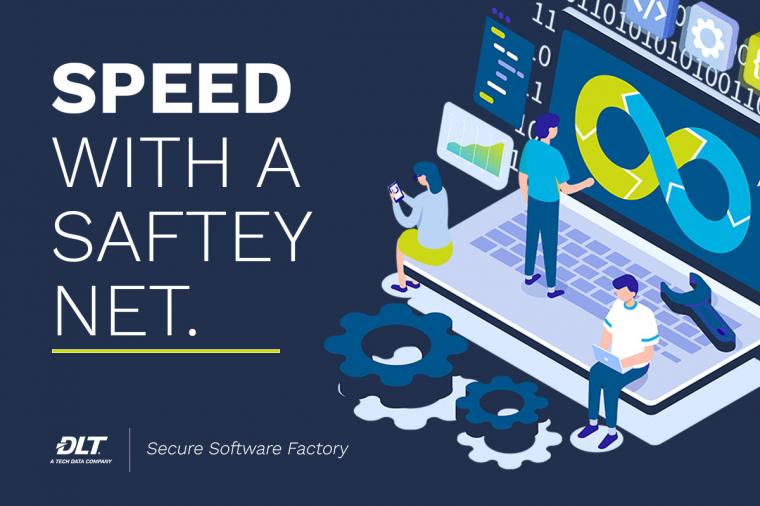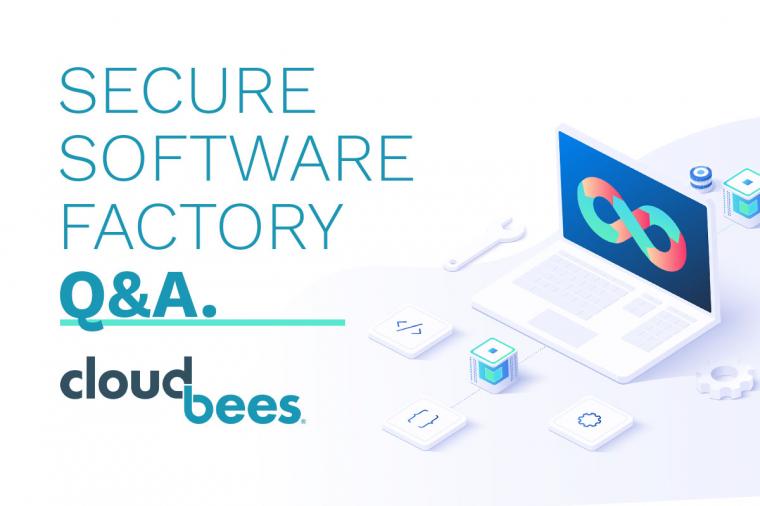Target These Four Areas for Kubernetes Governance to Eliminate Cluster Sprawl
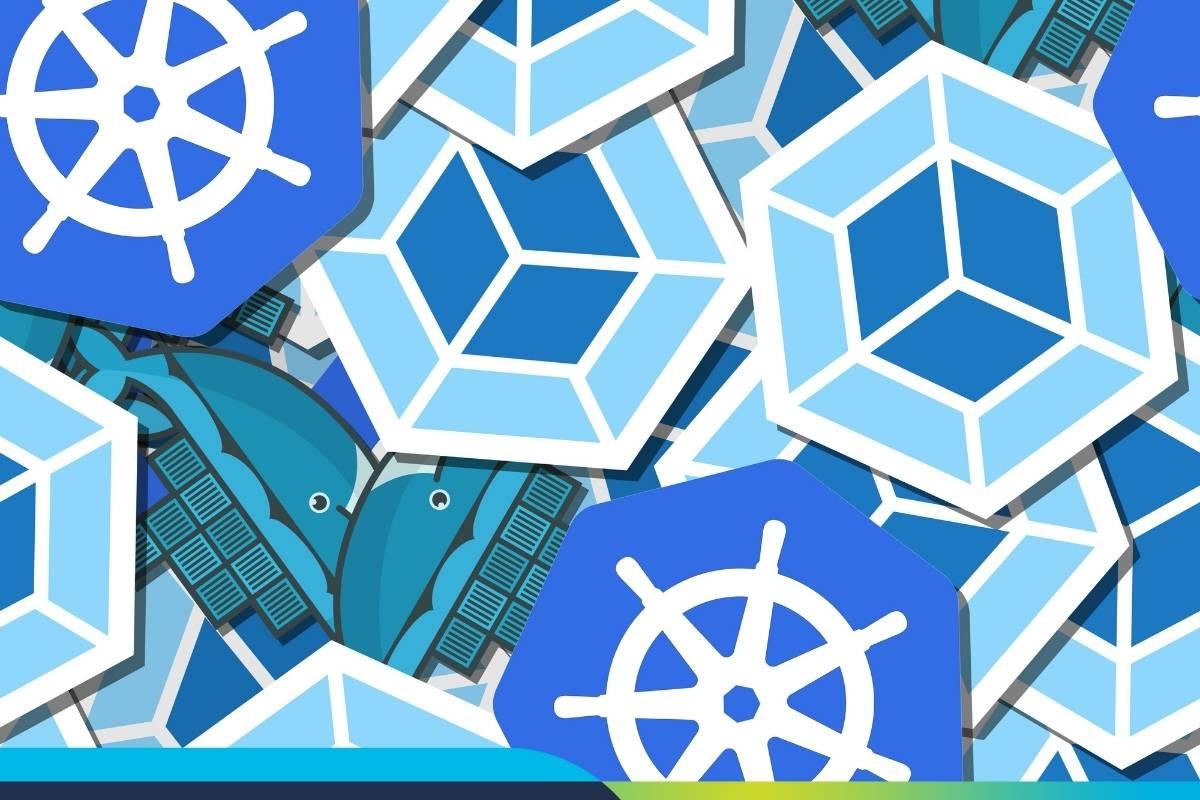
Kubernetes was originally designed to support workload consolidation in a single cluster. However, there are many problem scenarios that require a multi-cluster approach to optimize performance and results. These can include workloads across regions, limiting outage blast radius, compliance issues, hard multitenancy, security, and specialized solutions.
Unfortunately, this multi-cluster approach creates management challenges, as the complexity of managing a Kubernetes cluster only increases as the size of the cluster increases. The end result is a phenomenon called cluster sprawl, which occurs when the number of clusters and workloads grows and is managed with little consistency.
The solution to this is identifying and implementing best practice governance early and quickly to avoid major leg work in the future.
What is Kubernetes governance?
Governance is about synchronizing clusters and enforcing centralized policy management. Kubernetes governance refers to a set of rules created through policies that need to be enforced on all Kube clusters. This is a critical component for enterprises being production-ready and working at scale in Kubernetes.
Typically, this process means enforcing conformance rules across Kubernetes multi-clusters as well as applications running in those clusters. And, while Kubernetes governance may sound dull, it pays off in the long run, especially if implemented across a large organization.
Suppose a government agency continues to grow the number of clusters in use without governance. These clusters will exist in different pockets with different rules and implementations, which creates a massive amount of extra work for teams to manage in the near future.
Luckily, there are only a few very important components for creating successful Kubernetes governance.
Creating successful Kubernetes governance in the government
When considering a successful Kubernetes governance strategy, the first component is ensuring that good multi-cluster management and visibility are well in place. It is necessary to maintain control over how and where clusters are provisioned and configured, as well as which versions of software can be used.
For visibility, the application development and operations teams within government agencies should be able to centrally view and manage clusters to better optimize resources and troubleshoot issues. Improved management practices and better visibility can also save the agency the headache of having to deal with a number of security risks and performance issues down the road.
Next, agencies should have an authentication and access management system. Having centralized authentication and authorization is going to help the organization make the login process easier, and help track who is doing what. This can enable the application development and operations teams to ensure the right people are performing the right tasks at any given time.
Finally, for Kubernetes governance, agencies should optimize policy management. Government organizations need to think about how Kubernetes is going to impact their engineering culture and work to identify the right balance of government and developer flexibility. Ultimately, governance — with an appropriate level of flexibility — ensures that agencies can meet customer needs and deploy critical services in a uniform and consistent way.
But what should be the targets of governance? Where should it be enforced and verified? In my experience, the four most effective targets of governance are security policies, network management, access management, and image management. Let’s look at each of those targets individually:
Security policies
In security policies for Kubernetes governance, it’s important to limit users’ access on the pods in the clusters. Users of the cluster should have well-defined access depending on the privilege, which is based on their role.
To achieve this, government agencies should implement security policies in place that will have rules and conditions related to access and privileges. In these policies, they should define that the containers only have read access to the file system and that the containers and child processes cannot be subject to privilege changes.
Network management
Network policies play a very important role in defining which services can talk to each other. Here, government agencies should define which pod and service can communicate with each other and where the isolation must be established. This comes under the pod security in Kubernetes governance.
These policies help government agencies control the traffic inside the Kubernetes clusters, and they can be pod-based, namespace-based, or IP-based, depending on governance requirements.
Access administration and management
In access management, while configuring the role-based access control (RBAC) policy, administrators need to limit access to cluster resources. Using Kubernetes objects such as Role, ClusterRole, RoleBinding, and ClusterRoleBinding, they should appropriately define access to the cluster resources in detail.
Image management
Leveraging public Docker images can improve speed and agility when developing applications, however, there are many vulnerable Docker images out there, and using them on the production cluster can be very risky.
Image management is also a part of Kubernetes governance. Any and all images to be used on the cluster must be audited first for any vulnerabilities. There are a number of approaches to vulnerability scanning — how and where the organization checks depends on its preferred workflows. However, it is recommended that images be tested and passed before deploying on the cluster.
Hacking activities have increased exponentially in recent years, and hackers keep on finding loopholes in the system to gain access for faulty intentions. So, it’s essential that agencies be vigilant when adopting best practices to ensure that they only use official, clean, and verified Docker images on the cluster.
These policies are a must for better Kubernetes governance, and are essential for keeping essential government systems and data secure, while also limiting cluster sprawl.
To learn more about the importance of Kubernetes governance, and how to successfully implement effective governance, download a complimentary copy of the whitepaper, "Kubernetes Multi-Cluster Management and Governance."


























